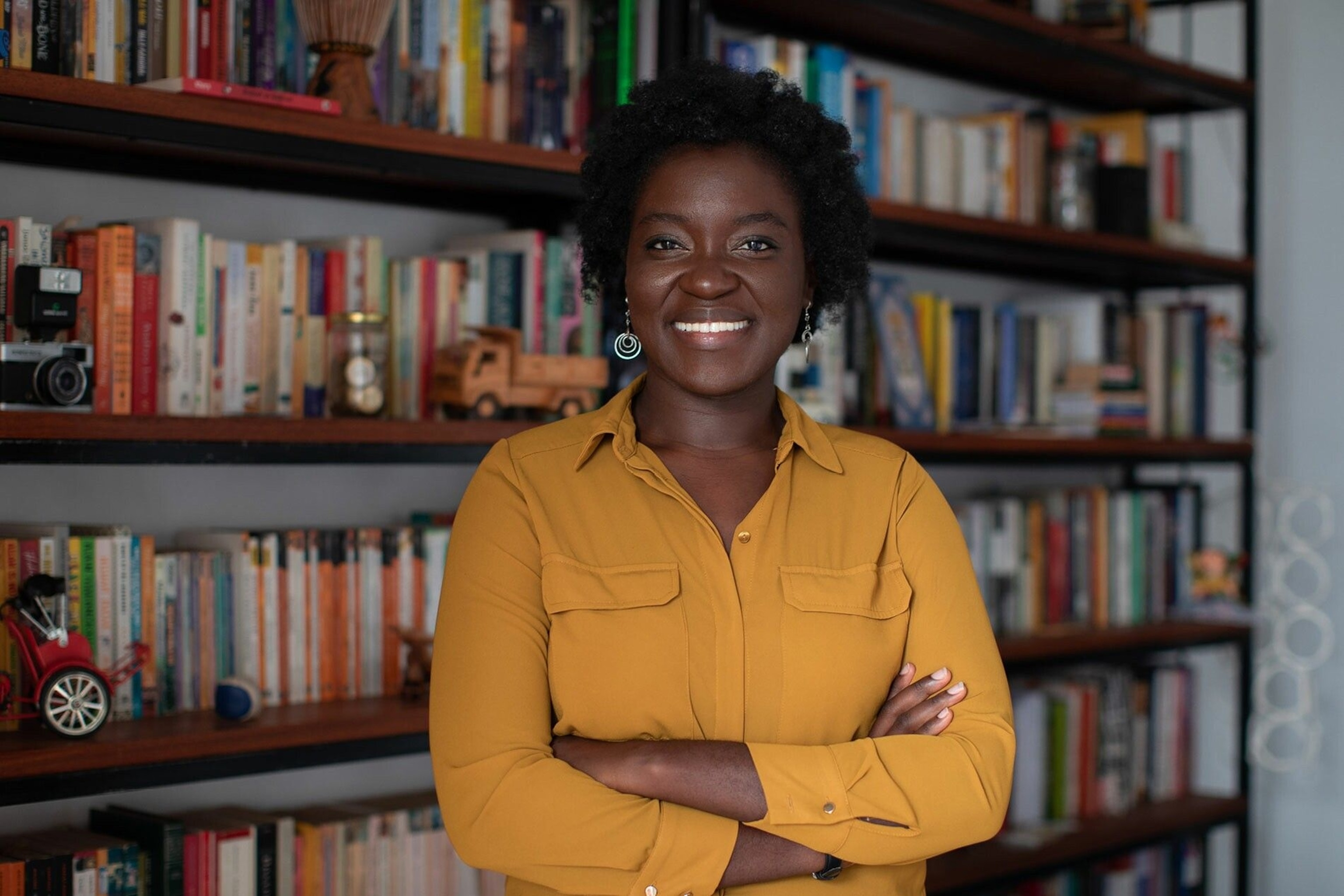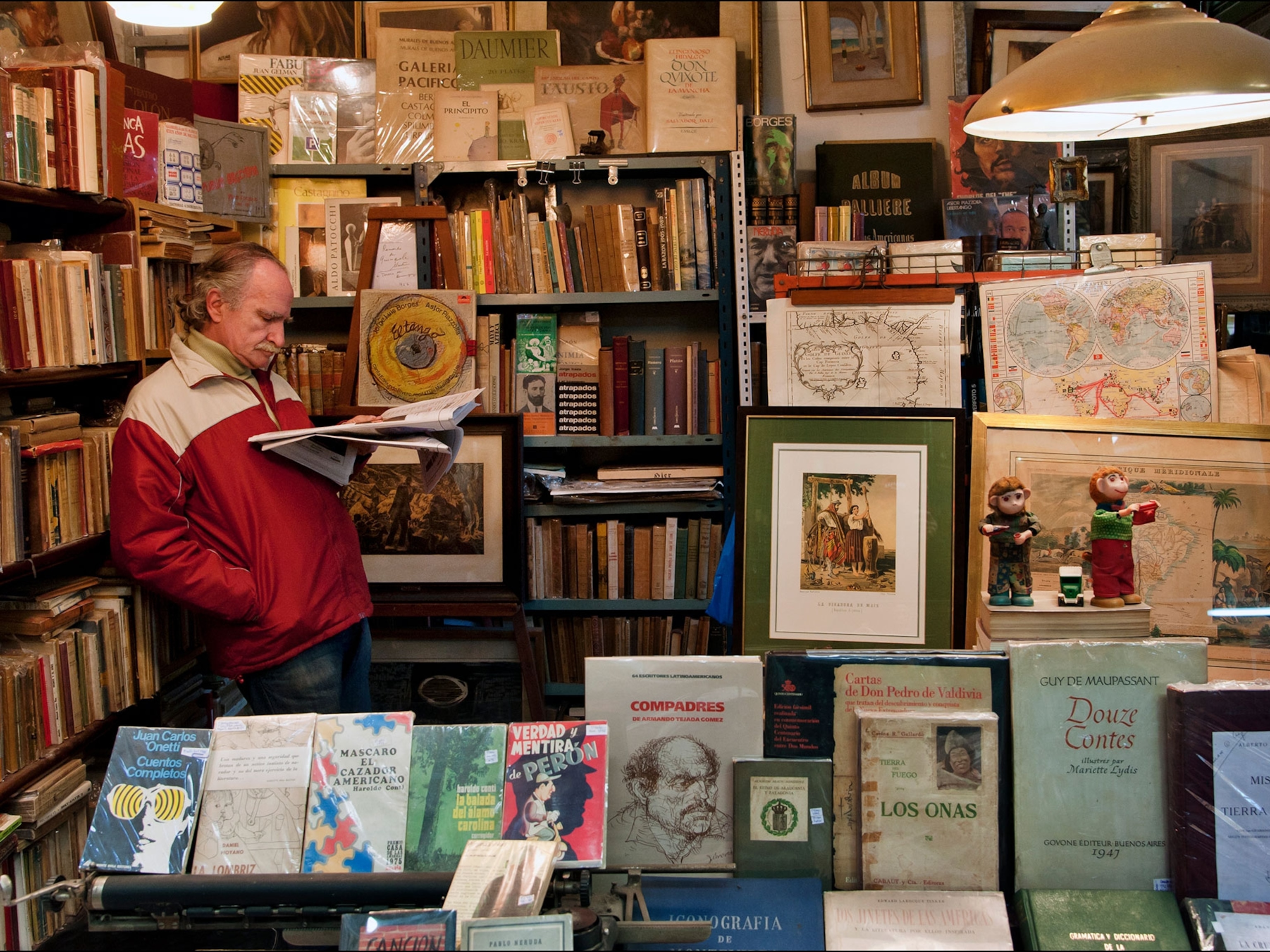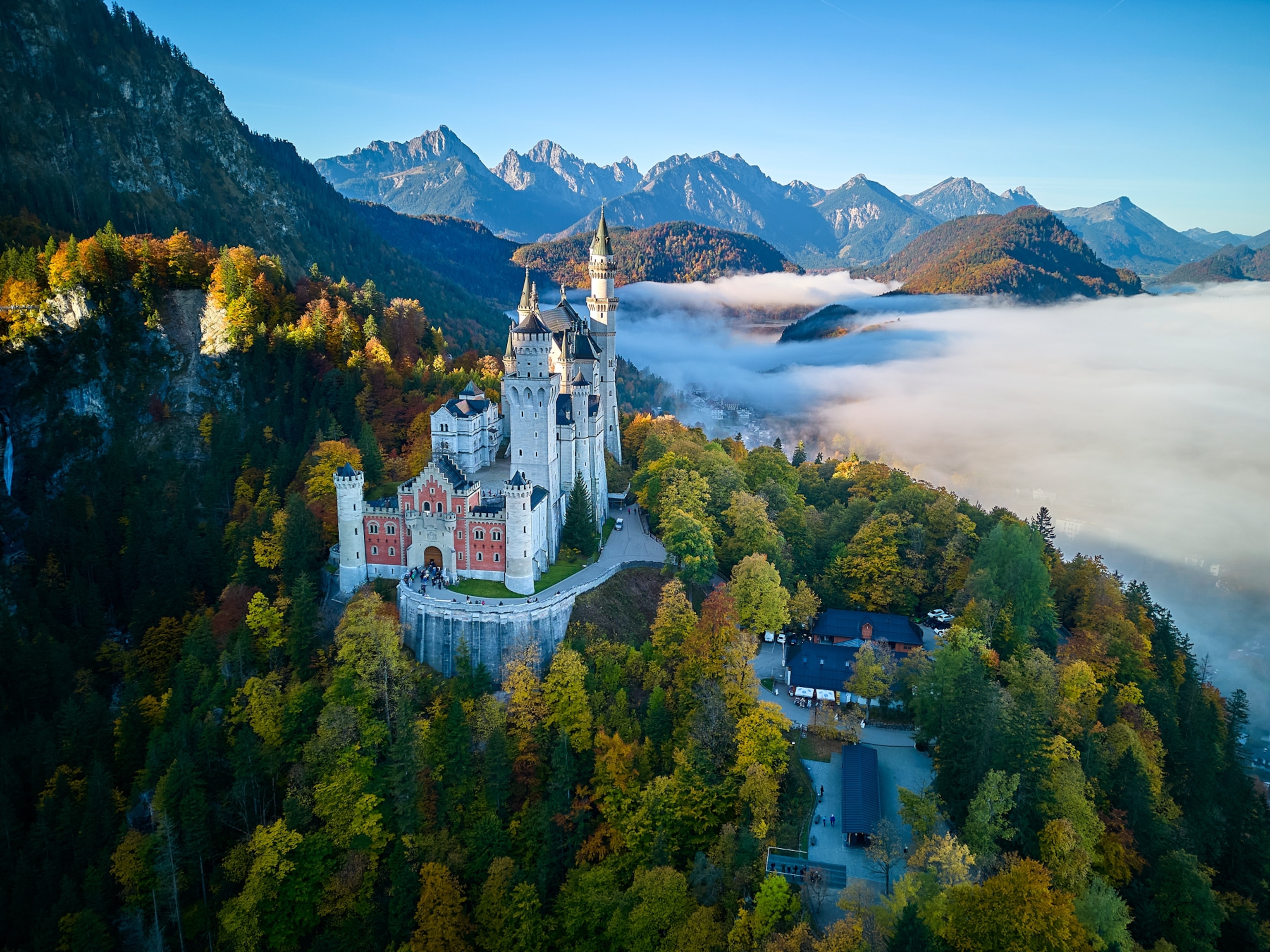
Notes from an author: Nanjala Nyabola on being fearless in Haiti
A trip to the troubled Caribbean nation proves to be a revelatory experience — a thought-provoking, enlightening journey in the face of nameless fear.
I was afraid of Haiti, and I couldn’t tell you why. Haiti is one of those places constructed in a faraway imagination, then handed down from generation to generation like a delicate, lace-trimmed handkerchief embroidered by a great grandmother. Only the story of Haiti has none of the tenderness of a dainty handkerchief. Instead, the version of Haiti that the world inherits is of a dysfunctional and violent place always teetering on the edge of collapse. So, I was afraid for what felt like good reason, but I couldn’t tell you why until I started to walk through the country and discern its rhythms for myself.
Architecture was my entry point into thinking differently about Haiti. It began with the gingerbread houses [an elaborate, mid-19th-century style] lining large cities like Port-au-Prince and Cap-Haïtien. It’s 2012, and I happen to be in Haiti for the second anniversary of the devastating 2010 earthquake. I can’t help but notice these beautiful relics that echo the stubborn resilience of this island’s people. They’re made of wood and are usually two or three storeys high with tall, shuttered windows and elaborate latticework that hums of the short era of post-colonial prosperity on the island, and the resilience of the people who live here. Gingerbread houses are famous for surviving the earthquakes that have pounded this island. They survive because wood softens to the ebb and flow of the trembling earth while concrete simply collapses.
I started to seek out these houses among the rubble of Port-au-Prince. I’m in Haiti for the summer as a legal clerk for a local human rights organisation, and these remarkable buildings force me to look up as I walk home from work in the sweltering summer heat. It becomes a private game to find and photograph as many as I can: first building up my courage to wield my camera openly, getting closer and closer until the day I finally manage to knock on a door and enter, and take a quick look around. It’s the gingerbread houses that get me thinking that Haiti is more than hunger, fighting and rapacious presidents. I walk past the former home of Jean-Claude ‘Baby Doc’ Duvalier — the ‘Butcher of Port-au-Prince’ — months after the former president has returned to the island to try to reclaim his wealth. Its baby -blue walls are collapsed, but the gingerbread houses are still standing.
“Suddenly, I realise I’m doing something everyone had warned me not to do — I’m walking around Haiti at night, alone, with my expensive camera in the messenger bag looped across my shoulder. I find myself no longer afraid, and I still can’t tell you why.”by Nanjala Nyabola
I travel to Haiti’s second city, Cap-Haïtien, in the northern reaches of the island, even though my Haitian Creole is still shaky. I’m in search of more gingerbread houses because ‘Au Cap’, as the locals know it, has entire blocks immaculately preserved. I also hike the highest hill to the Citadel, a monument to the power of resistance and Haitian triumph over French imperialism. Revolutionary philosopher Frantz Fanon once wrote, ‘are we only fighting to get rid of colonialism, a worthy goal, or are we thinking about what we’ll do when the last policeman leaves?’ The Citadel is this very question in architectural form, built by Black people liberated from French slavery and imperialism, only to be enslaved by one of their own. The paradox of post-colonialism is loaded in the Citadel’s grand curved ramparts and the heavy cannon that line them.
After the visit, I descend towards the city, mulling over what it means to be free. Haiti makes me think about things like this: about what the ‘post’ in ‘post-colonialism’ really stands for, and what it means for a people to decide for themselves. The gingerbread houses are monuments to what was, but also to the potential that will never be fulfilled.
Suddenly, I realise I’m doing something everyone had warned me not to do — I’m walking around Haiti at night, alone, with my expensive camera in the messenger bag looped across my shoulder. I find myself no longer afraid, and I still can’t tell you why. I take a single photograph that would later become my favourite image of the island: three children playing in the light cast from the balconies of a pair of gingerbread houses, while the moon hovers above. I capture a stillness and freedom in Haiti, which I’ll never see in the stories people
read about the place.
Published in the May 2022 issue of National Geographic Traveller (UK)
Follow us on social media
Facebook | Twitter | Instagram





